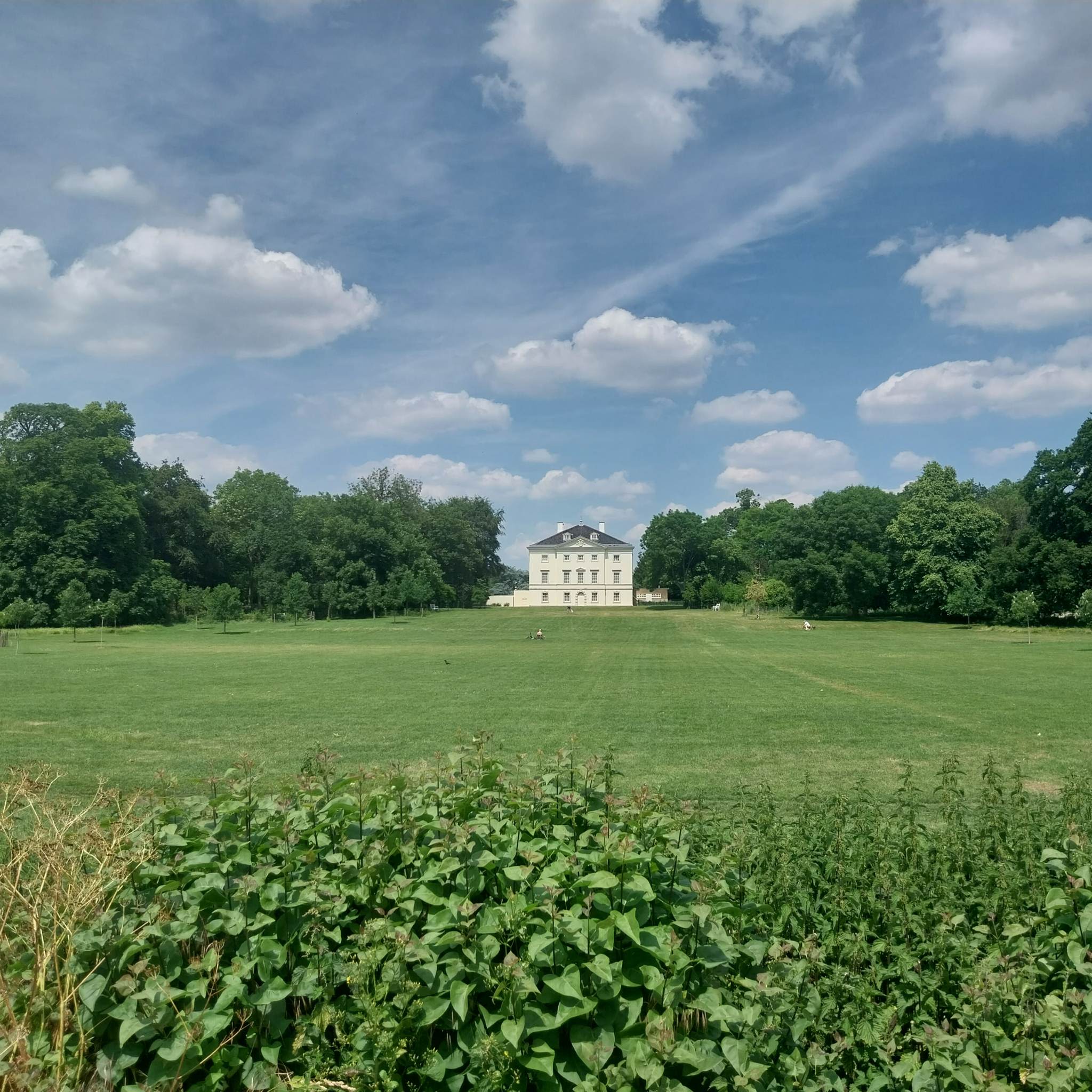What we stand to lose: climate change in Richmond upon Thames
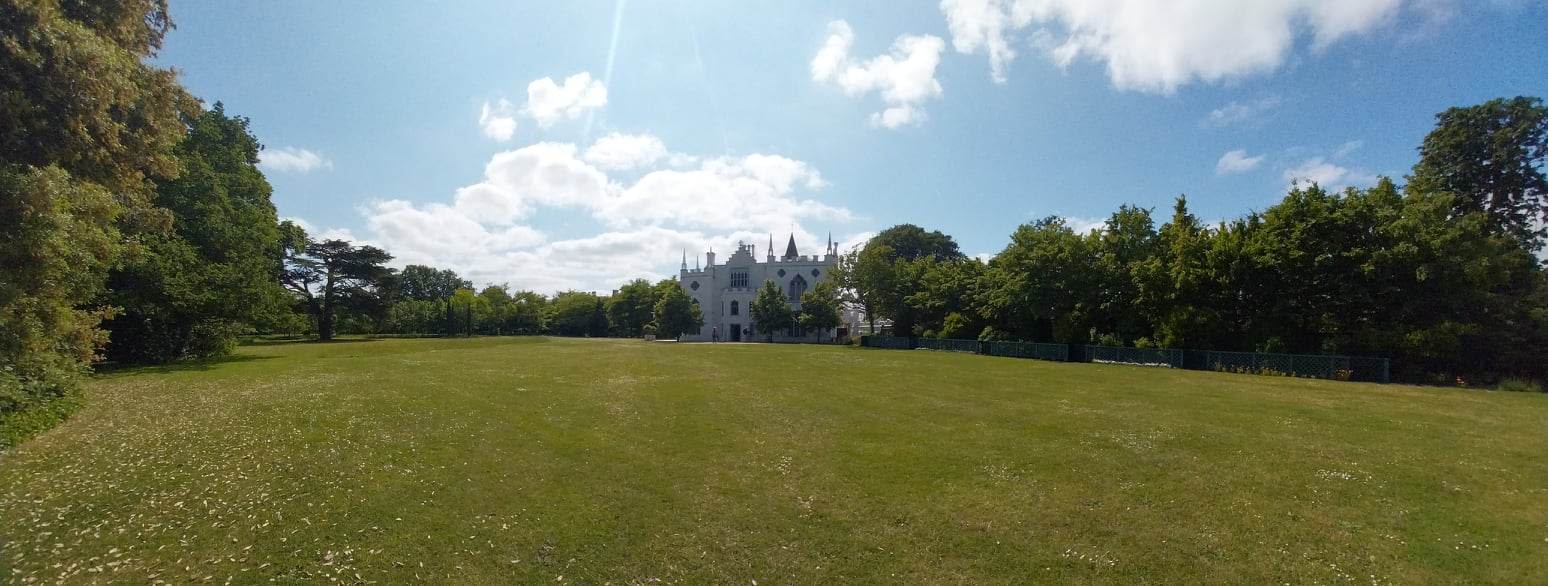
Richmond upon Thames can feel like a retreat from the world.
The idyllic London borough has hosted everyone from poets to kings. Visitors can trace the steps of Alexander Pope, Jonathan Swift, and even Henry VIII.
First-time guests in the borough may be struck by the wild parakeets that parade through the streets, or the herd of deer that call Bushy Park home.
For many, this gives Richmond upon Thames a sense of the surreal and the timeless. It is almost like Richmond is untouched by the outside world.
Unfortunately, this is not the case.
The climate crisis threatens Richmond as much as any other place on earth.
Join us as we explore three beautiful locations around Richmond to see how they may be impacted by climate change.
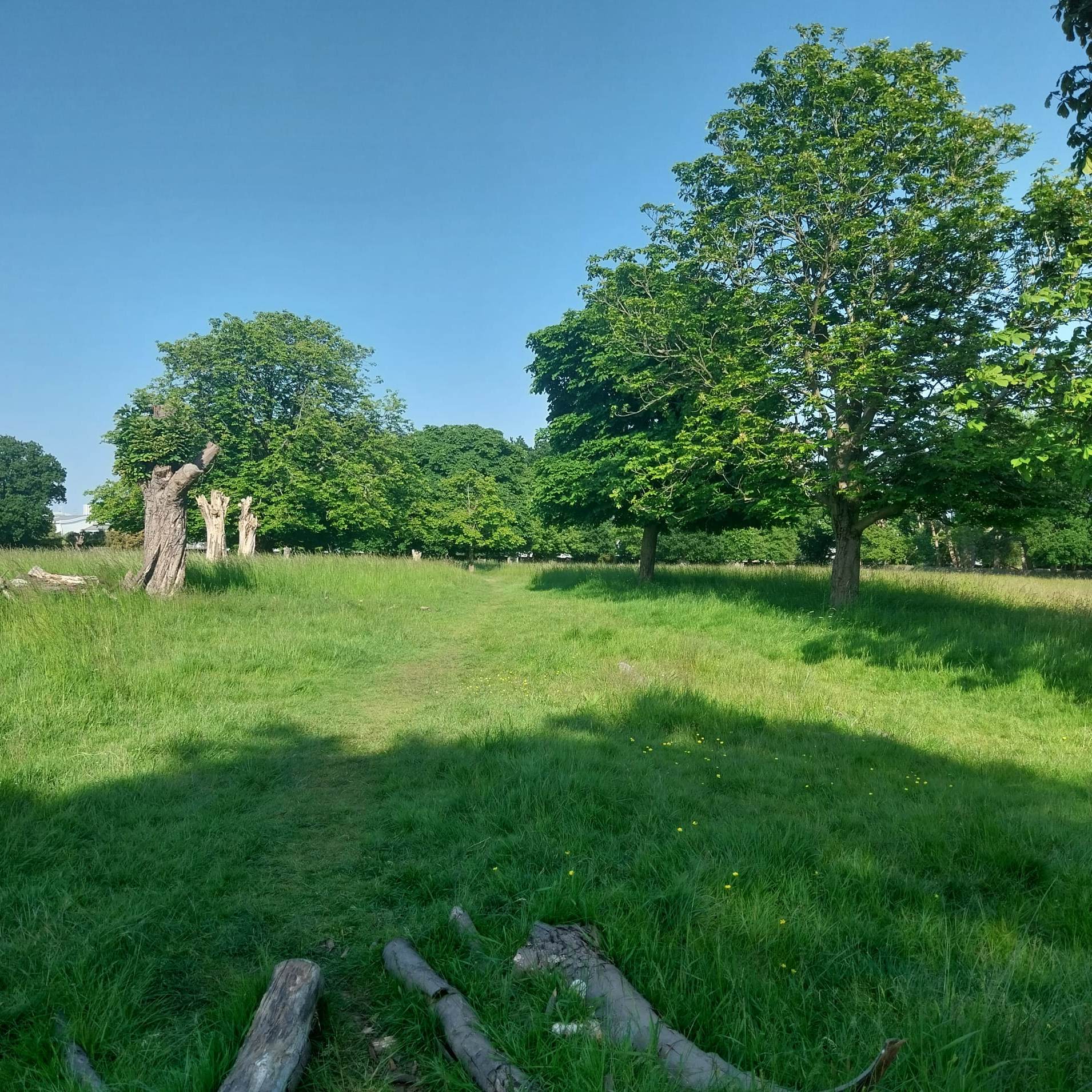
Marble Hill House
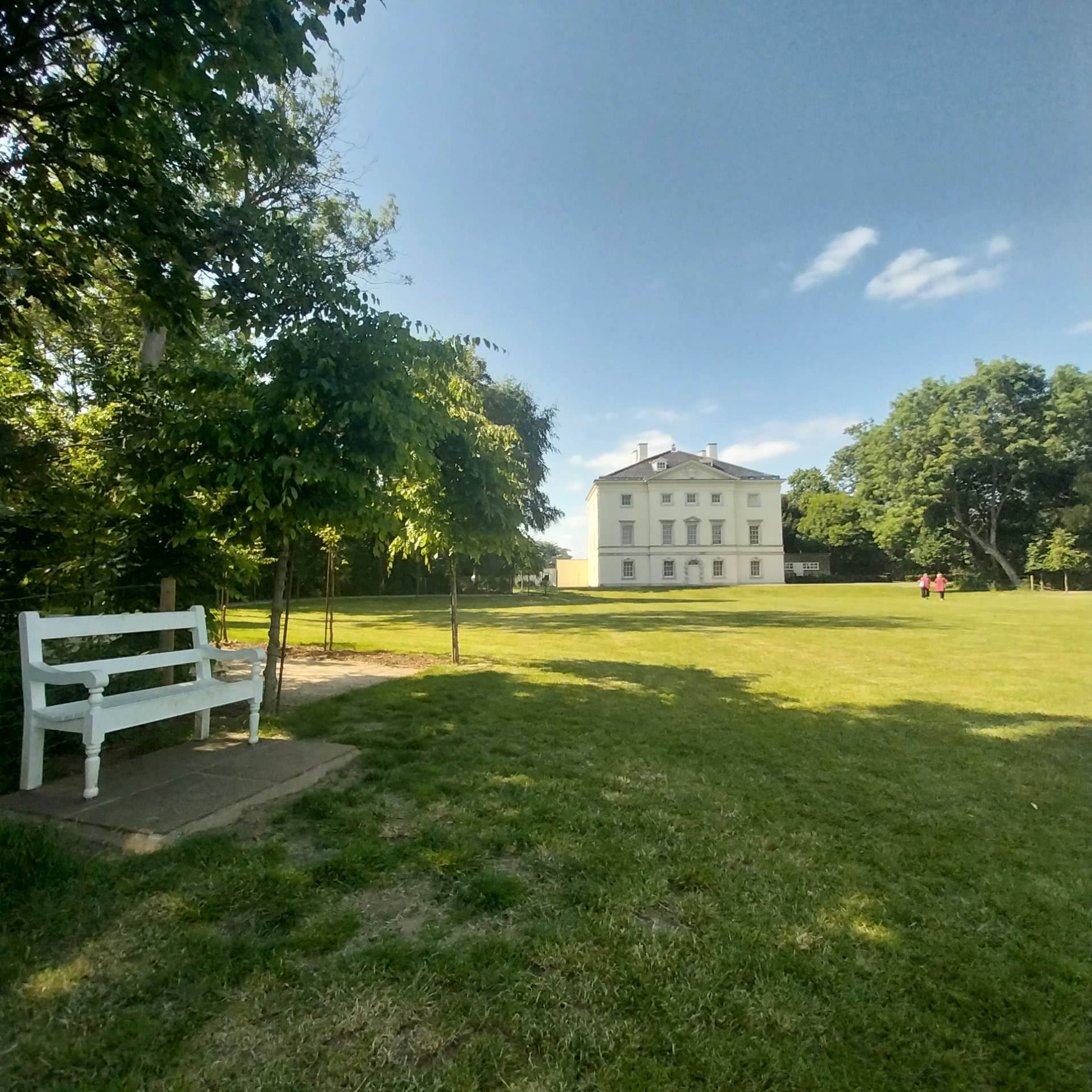

Marble Hill House (built between 1724 and 1729) was the residence of aristocrat Henrietta Howard, lover to the king and servant to his queen. Henrietta was a member of the Howard family by marriage, whose ancestors include queens Anne Boleyn and Catherine Howard.
Later on, the future George IV used the vast estate to secretly visit his Catholic (and therefore unmarriable) mistress.
But while Marble Hill House began as a playground for the nobility, today the public can explore its expansive gardens for free.
It’s proximity to the River Thames is both beautiful and foreboding.
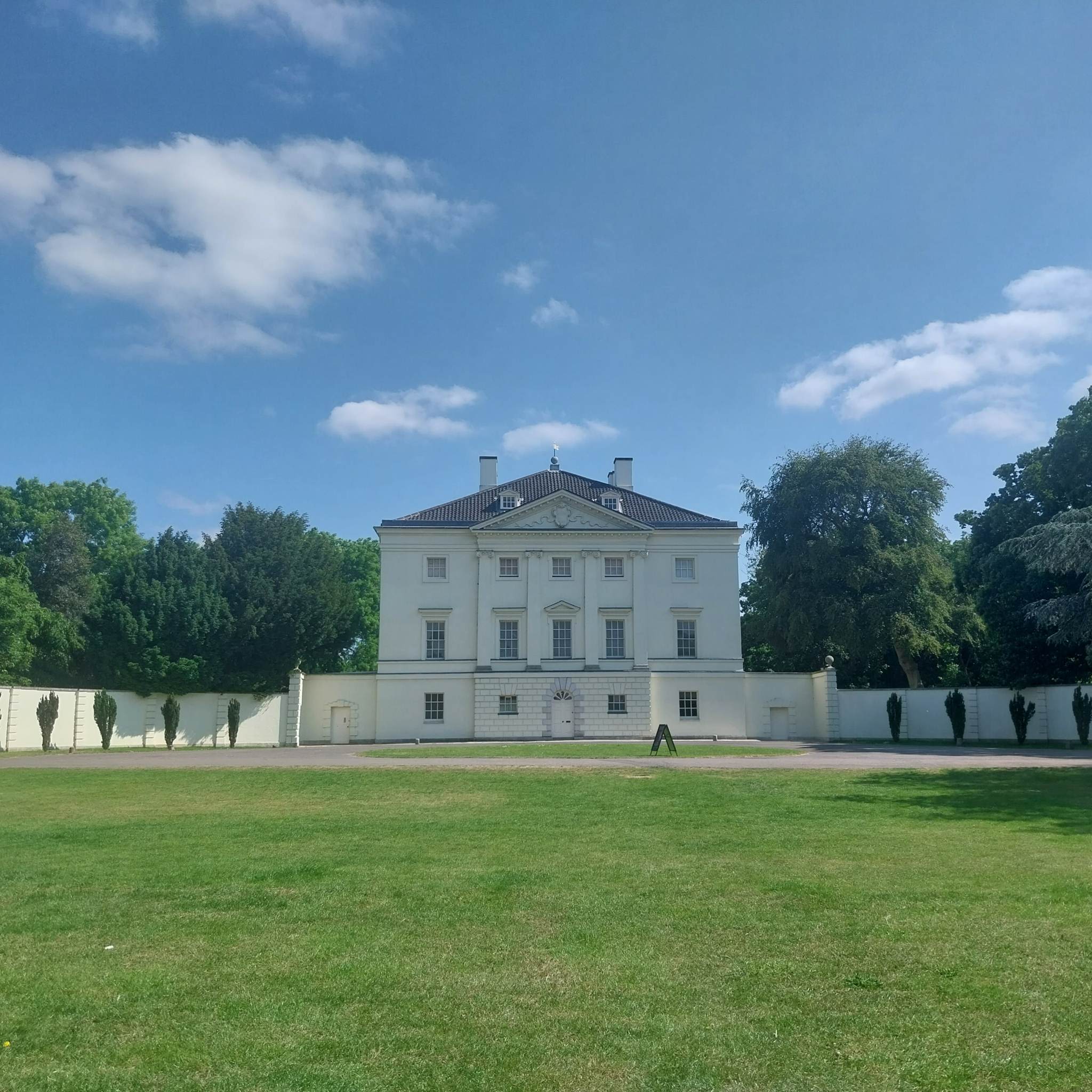
The Thames Estuary 2100 plan has been devised by the government to mitigate the impacts of climate change on the River Thames.
Parts of Marble Hill Park have been identified as having a 0.1% chance or higher of annual flooding without well-maintained flood defences.
The government warns that many tidal and flood defences were built for a pre-climate change world and may not be sufficient to combat rising water levels.
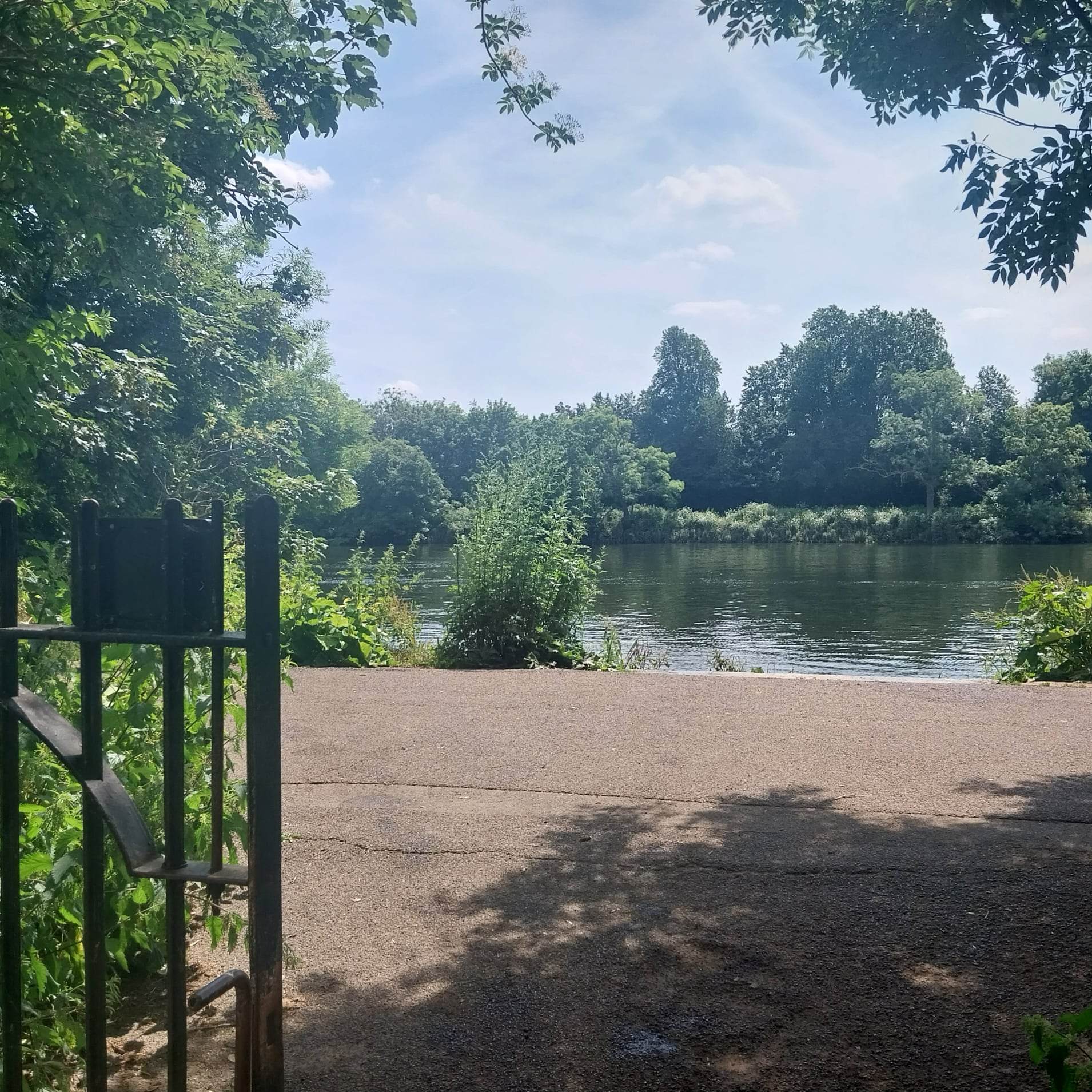
As the public traverse Marble Hill’s unique grottos, inviting orchards, and genteel gardens, they may be left wondering if their grandchildren will be able to enjoy it too.
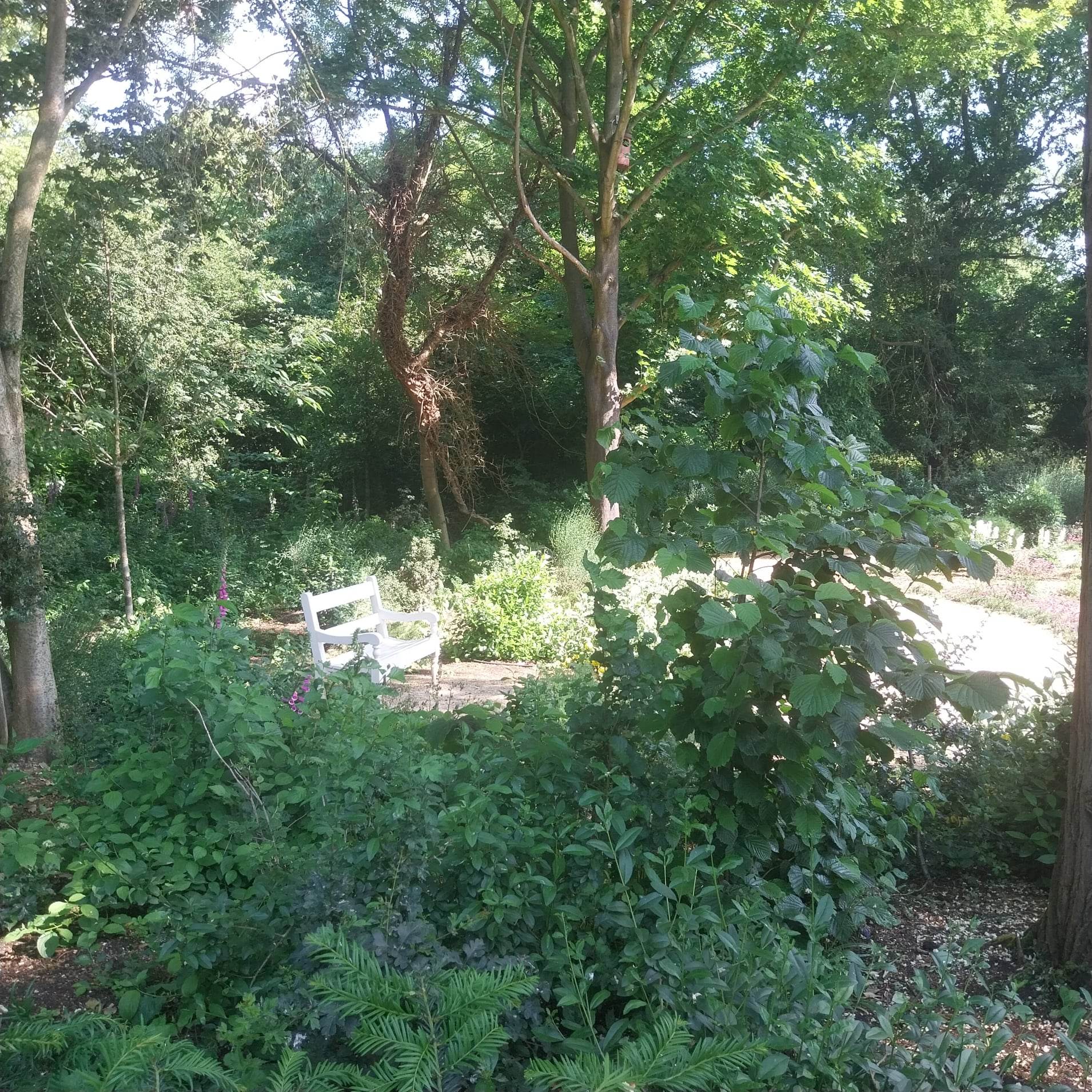
“At English Heritage we are assessing all sites for climate risk and flooding hazards are very much part of this. As we progress with this work we will be looking at how we adapt to minimise the impact of the changing climate.”

Strawberry Hill House
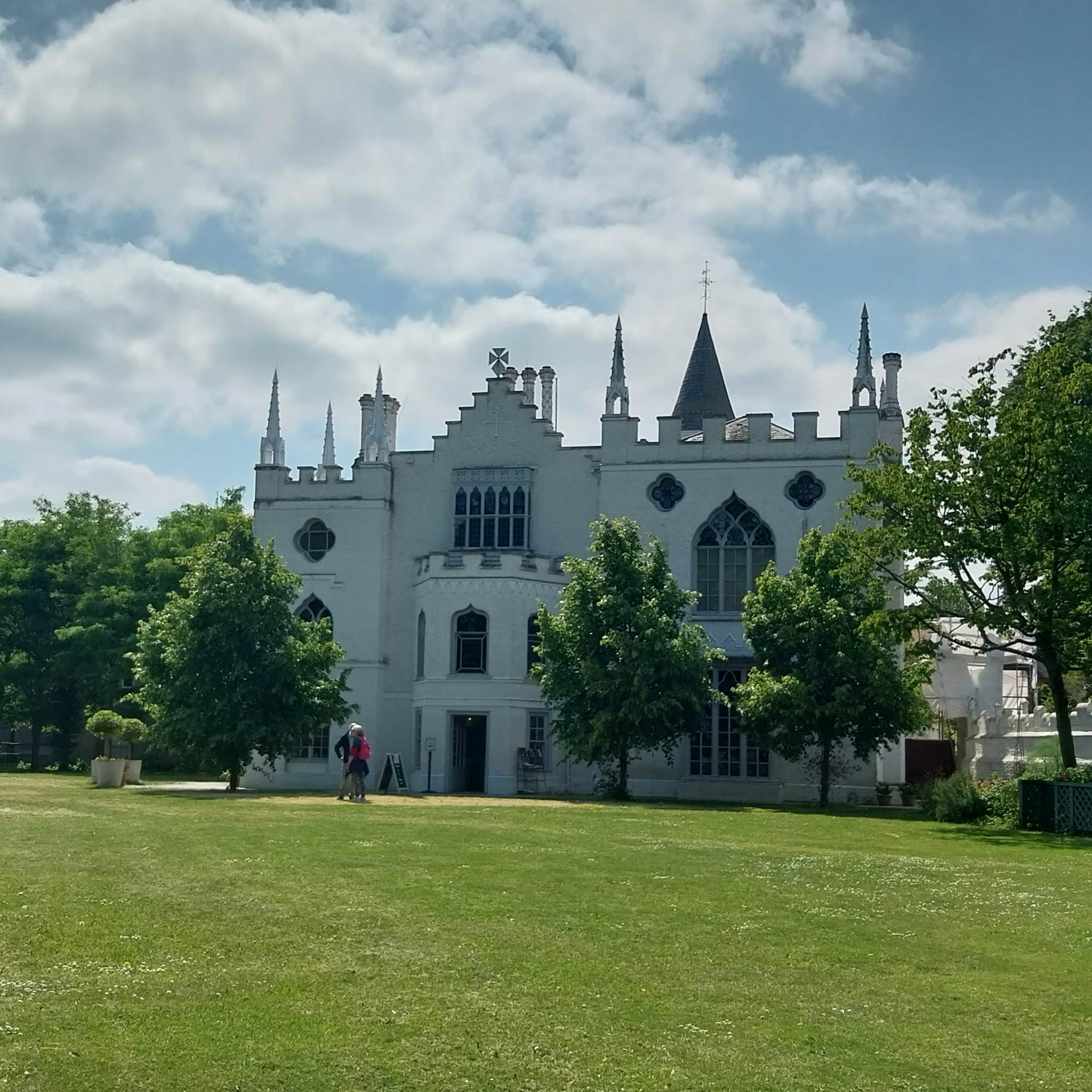
Hidden away in Twickenham is a house of contradictions.
It’s a medieval fairy-tale castle, built in the 18th century. It’s one of the most remarkable gothic buildings in the world, but no professional architect was involved in building it. Its layout was designed to disorientate visitors, not guide them. It contains fake doors, a secret library, a stain-glass window depicting a severed head, and the deathbed of our first Prime Minister.
House guide Mark Lambert explained: “It’s a gothic house, normal rules don’t apply.”
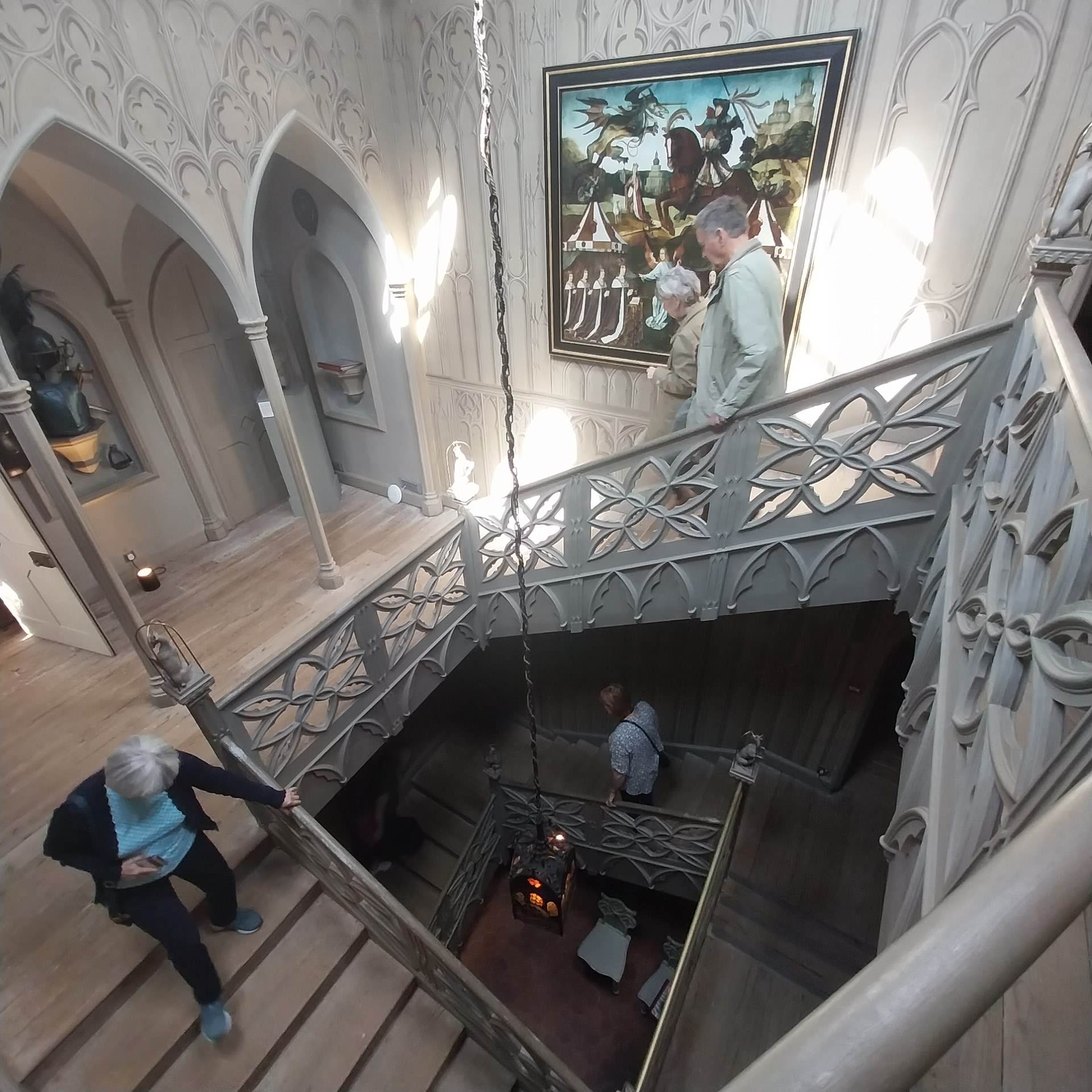
Horace Walpole, son of the first British Prime Minister, designed Strawberry Hill to evoke the chivalric romances of old.
Mark said: “People at the time thought it was bonkers. People thought it was mad.
"They thought that trying to recreate medieval architecture was a folly. But by the end of his life, it had become so beloved, so iconic, that it inspired a whole new generation of architects to pursue what is now known as the Gothic revival."
Walpole even came up with a new word to describe what he had created. Mark said:
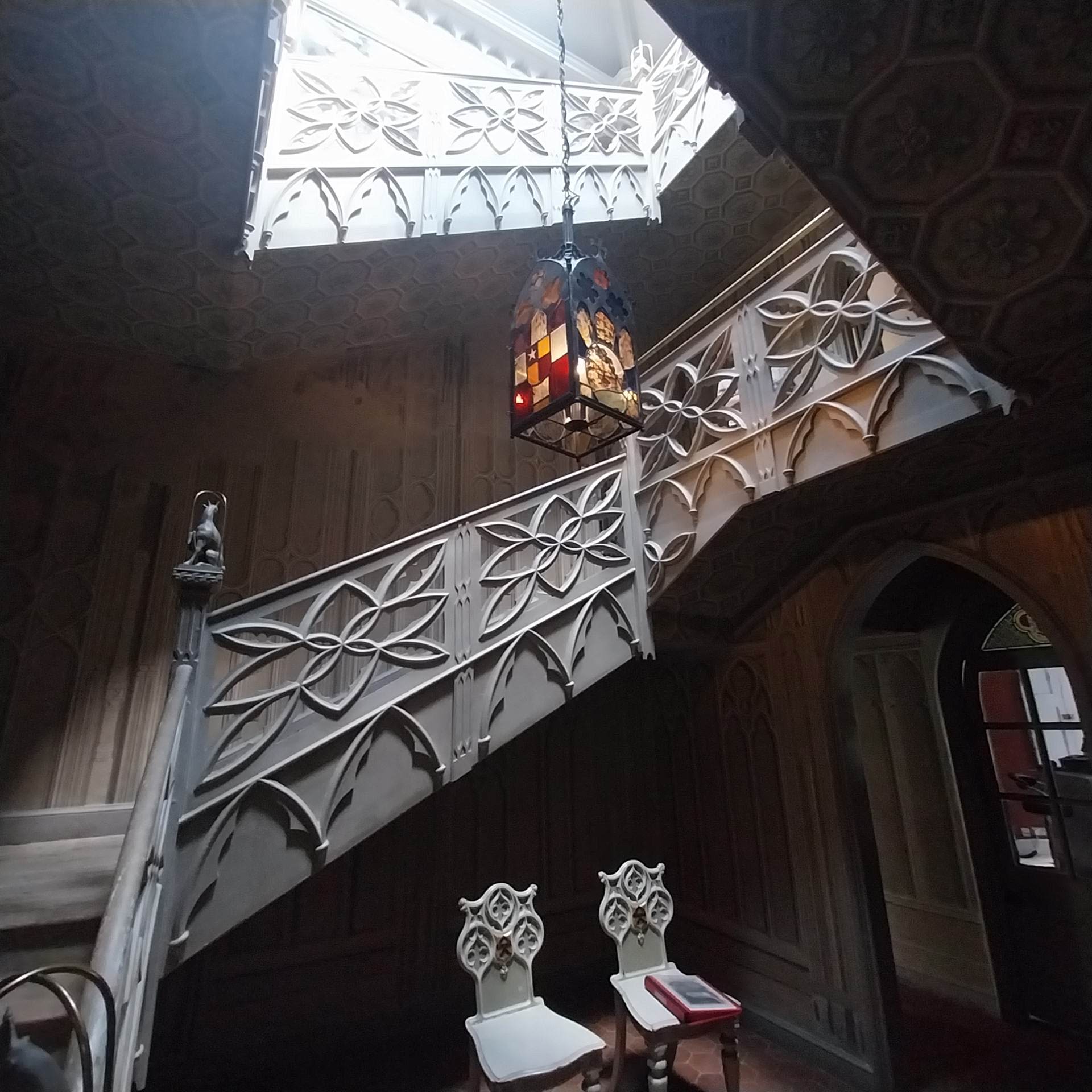
Strawberry Hill is a little further away from the Thames than Marble Hill, and House Director Derek Purnell describes rising water levels as only a “moderate concern”.
However, they are thinking of the future. Derek hopes to secure funding for a full audit of Strawberry Hill soon to make sure it can be preserved in light of climate change.
More than £200,000 is already spent maintaining the house and its grounds, excluding major repair work.
The idea of a timeless fairy-tale castle endangered by a changing world has a touch of gloomth that Walpole may have appreciated.
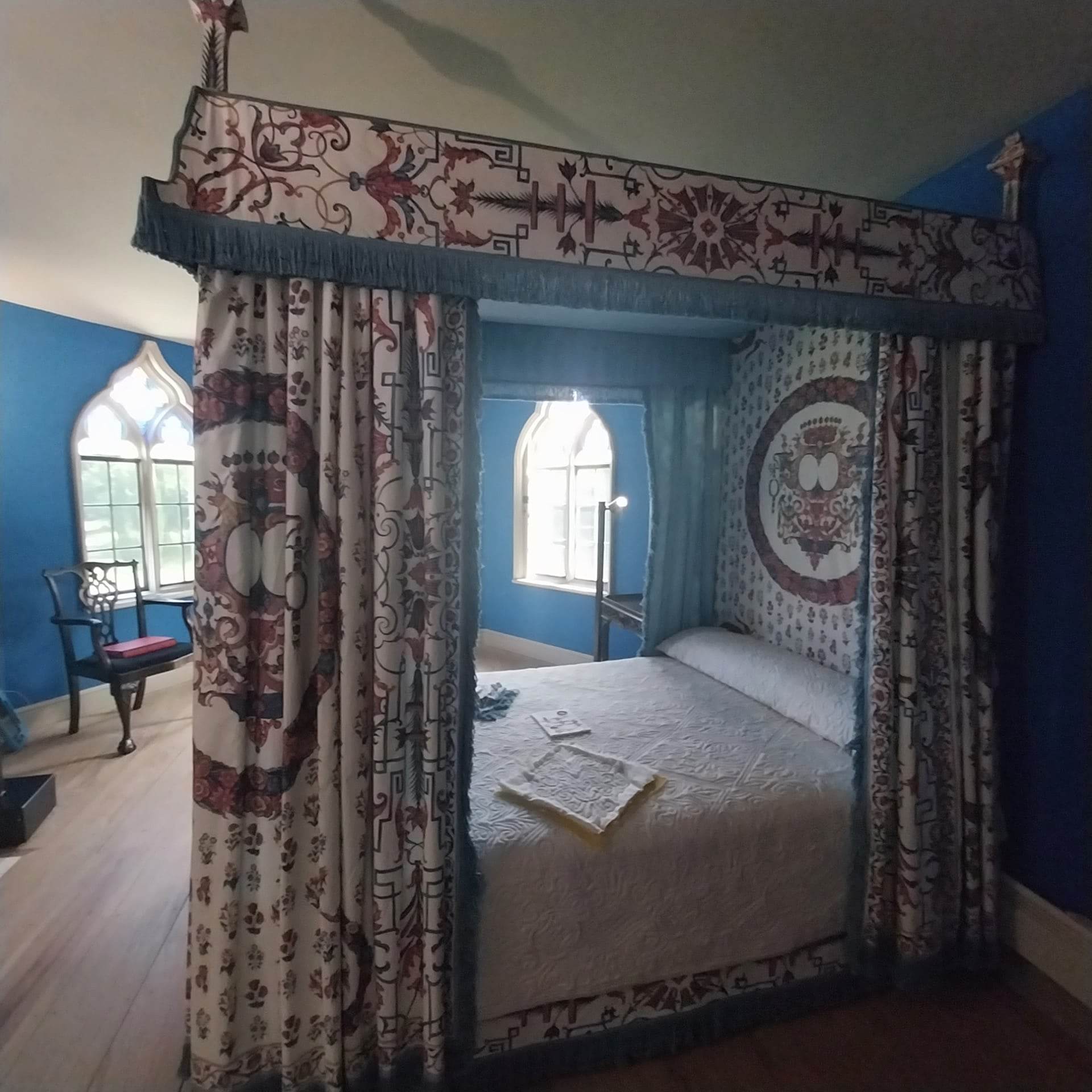
Bushy Park
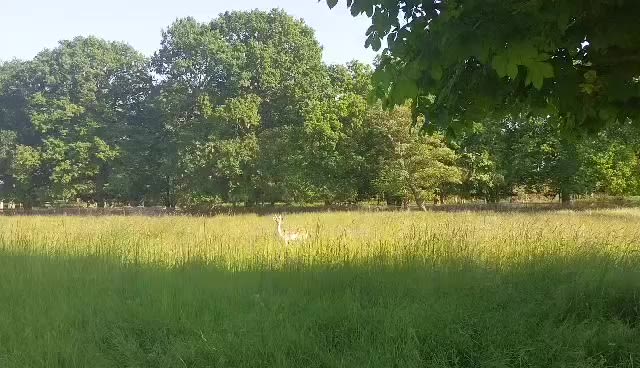
Bushy Park is fit for a King.
In 1529, Henry VIII plucked the hunting grounds from his disgraced Lord High Chancellor Cardinal Wolsey.
Now, Bushy Park is home to 320 free-roaming deer who are not hunted. Visitors can admire them roaming the 1,100 acres of green space that makes up the Royal Park.
Under Bushy Park's verdant trees, the deer can shelter from the heat.
But what's sheltering the trees?
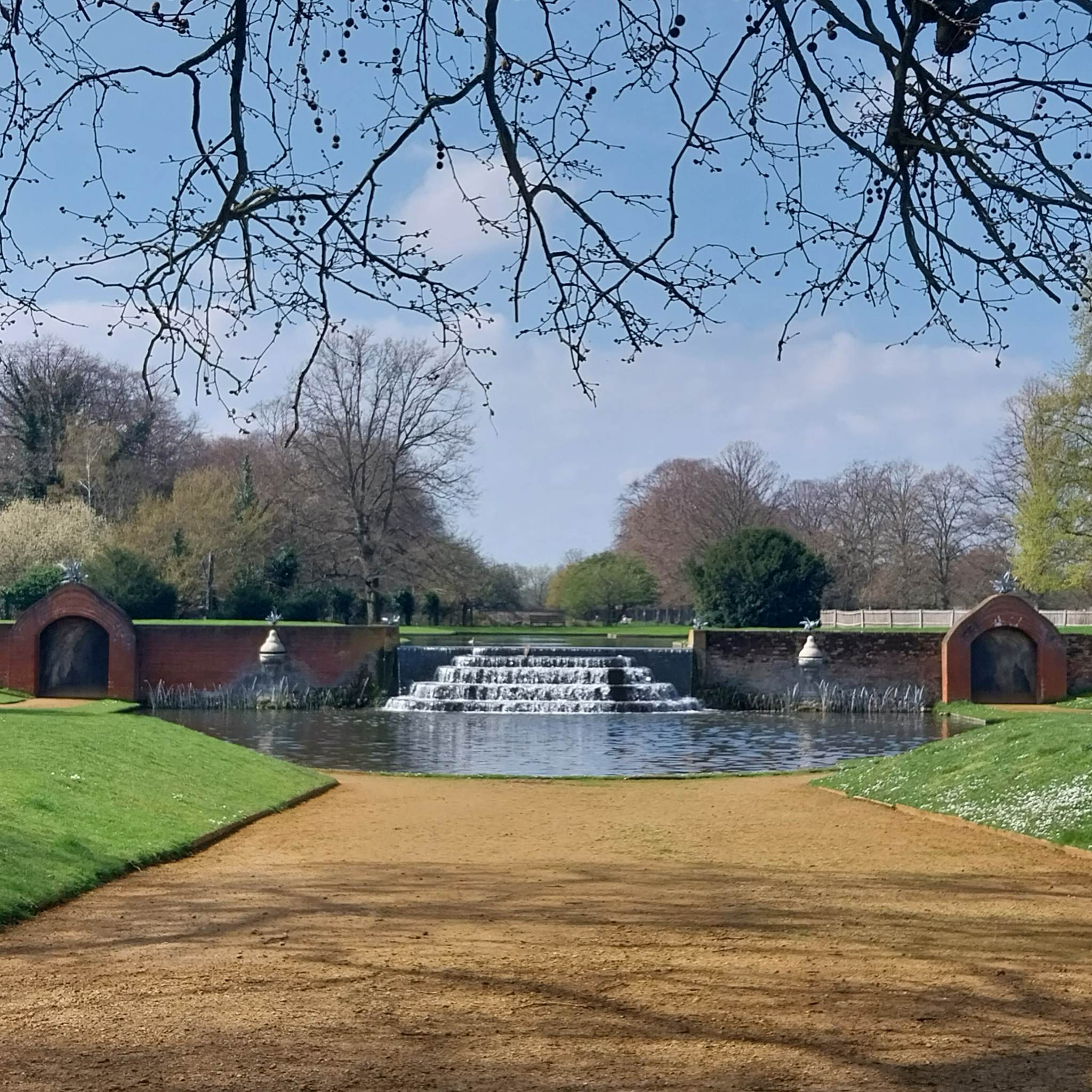
Bushy Park is carpeted with a rich variety of trees, from chestnut trees to lime trees to hawthorns.
They are at risk.
The Met Office have predicted that by the 2070s, summer temperatures may be between 3.8°C to 6.8°C hotter than now in a high emissions scenario. These hotter temperatures attract parasites such as the oak processionary moth, whose caterpillars feed off tree bark.
The Royal Parks, who manage eight parks including Bushy Park, are working hard to mitigate these threats.
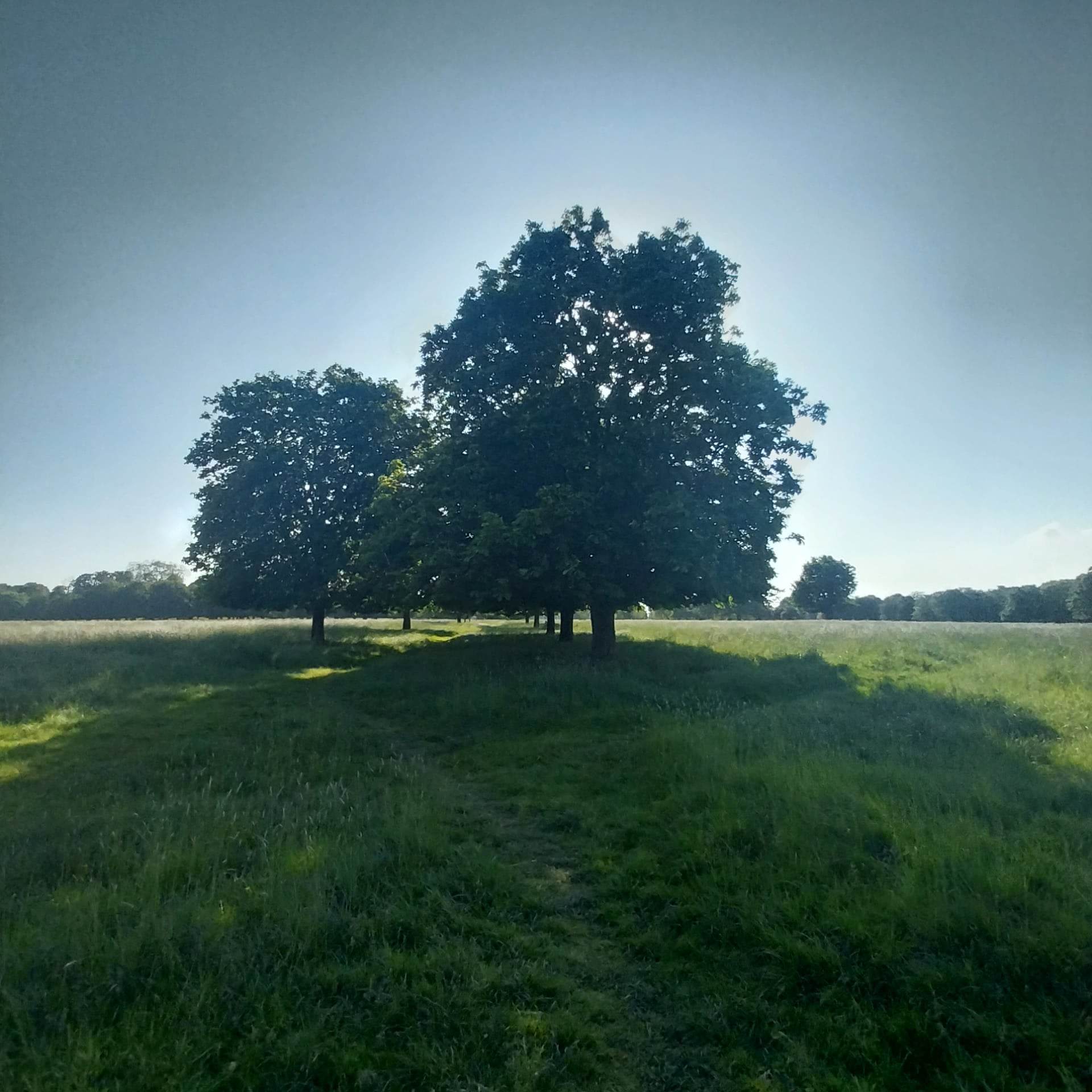
"With investment in the form of a new role of Head Gardener, we are reviewing and adopting ‘best methodology’ in terms of maintenance to provide better structure and practices that support the resilience of the park. In 2022/23 this has included the planting of over 121 trees and 620 shrubs within the woodland gardens to improve diversity and increase resilience to climate change as well as bring in a lower understorey of trees and shrubs. Visitors can now experience a more diverse woodland structure."
- Phil Edwards, Park Manager at Bushy Park.

Ultimately, the risks to these three beautiful sites are a microcosm of a much larger issue facing our planet.
In our lifetimes, we may face a greater frequency of famines, droughts, and disasters created by the climate crisis.
But the fate of our heritage sites are still very important.
Marble Hill, Strawberry Hill, and Bushy Park are a part of our heritage. Marble Hill gave a villa designed for the aristocrats of old to the people of today. Strawberry Hill proved that even if people think you're mad, you can create something beautiful and full of gloomth. Bushy Park tells the story of how a royal hunting ground can be turned into a haven for wildlife.
These stories are worth protecting.
After all, it is not just our future at stake.
It’s our past.
